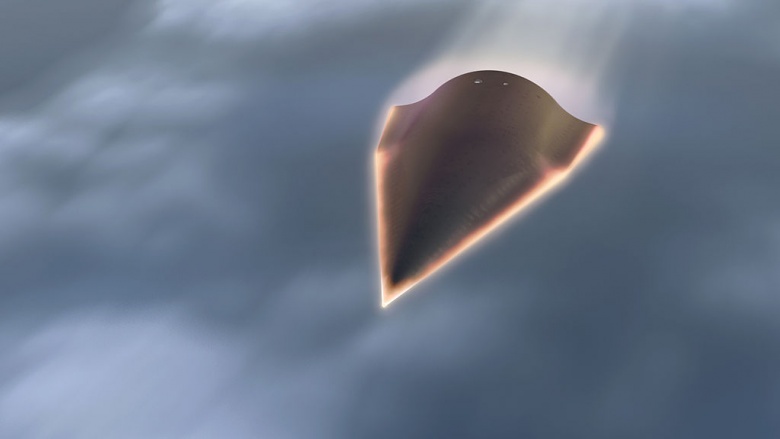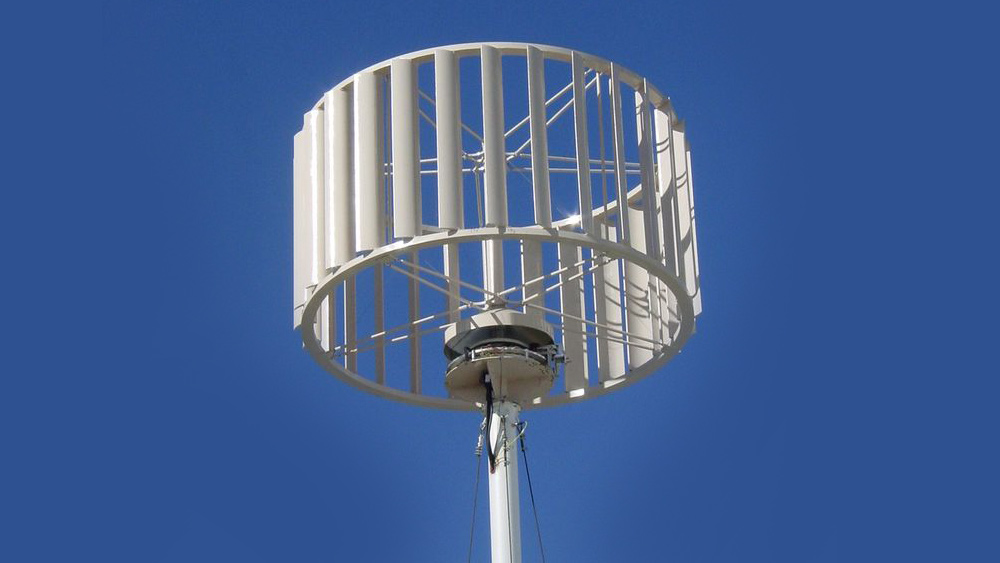US Navy’s solar satellite can open the way for solar farms in space
03/12/2021 / By Virgilio Marin

Researchers with the Navy are testing a space-based solar panel in a bid to install a solar farm in orbit around Earth. Known as the Photovoltaic Radiofrequency Antenna Module (PRAM), the solar panel is no bigger than a pizza box but can be scaled up to generate large amounts of energy.
The Navy launched PRAM to space in May last year aboard its unmanned space plane X-37B. The solar panel now loops around Earth every 90 minutes, capturing sunlight that could one day be transmitted to any place on Earth.
Advantages of solar satellites
The Department of Defense has long dreamt of harvesting solar energy from space and beaming that to Earth. Back in 2007, it endorsed projects that will explore making solar satellites, which it hoped to use to supply electricity to far-flung military bases.
With PRAM, the Pentagon has gotten a step closer to realizing that vision. The solar panel is designed to harness solar energy that doesn’t pass through the atmosphere, catching blue light that gets diffused upon entry.
“We’re getting a ton of extra sunlight in space just because of that,” said Paul Jaffe, a researcher at the U.S. Naval Research Laboratory and a co-developer of the project.
Jaffe and his team found that the 12-by-12-inch solar panel can generate around 10 watts of energy, which is enough to power just one electronic device. Clearly, that’s not enough to power Earth, but the researchers are looking to scale it up.
The team’s vision is to build a solar farm composed of dozens of solar panels, which could transform how power is generated and distributed to remote corners of the globe. Additionally, a farm of this size could support grid networks especially when they are overloaded. (Related: Solar power for the whole world could be generated from a relatively small patch of land, says report.)
“Some visions have space solar matching or exceeding the largest power plants today – multiple gigawatts – so enough for a city,” Jaffe said.
A space-based solar satellite’s unique advantage, he added, is its ability to beam energy to any place on the planet. “You can send power to Chicago and a fraction of a second later, if you needed, send it instead to London or Brasilia,” Jaffe said.
How beaming works
PRAM has not yet beamed power directly to Earth, but the researchers already figured out how to make this work.
Using a technique called “retro-directive beam control,” the researchers will send a pilot signal from the destination antenna on Earth to the panel in space. The panel will then transmit microwave beams once it receives the signal. After the transmitted energy hits a terrestrial receiver, it gets converted into electricity.
The team has also overcome temperature challenges, which is important to address because electronics lose their efficiency as they heat up. Luckily, the X-37B’s low-Earth orbit means it can spend about half of each 90-minute loop in darkness and the cold.
Jaffe also assured that bad actors won’t be able to use the technology to make a giant space laser. Creating a destructive beam, he explained, would require an antenna so massive that it would be noticed in the months to years it took to be made. As such, it would be “exceedingly difficult, if not impossible,” to weaponize solar power from space.
The next step, according to Jaffe, is to scale PRAM up to a larger area to collect more sunlight. Before they can do this, the researchers need to prove that the project is economically viable. Building hardware for space is expensive, Jaffe noted, but the good news is that costs are finally going down in the last decade.
The researchers wrote a paper about PRAM, which was published in January in the IEEE Journal of Microwaves.
Learn more about the innovative ways of harnessing solar energy at SolarPanels.news.
Sources include:
Tagged Under: breakthrough, Department of Defense, future science, future tech, goodtech, innovation, inventions, Pentagon, renewable energy, research, science and technology, solar energy, solar power, solar satellite, Space, U.S. Navy
RECENT NEWS & ARTICLES
COPYRIGHT © 2017 FUTURETECH.NEWS
All content posted on this site is protected under Free Speech. FutureTech.news is not responsible for content written by contributing authors. The information on this site is provided for educational and entertainment purposes only. It is not intended as a substitute for professional advice of any kind. FutureTech.news assumes no responsibility for the use or misuse of this material. All trademarks, registered trademarks and service marks mentioned on this site are the property of their respective owners.





















